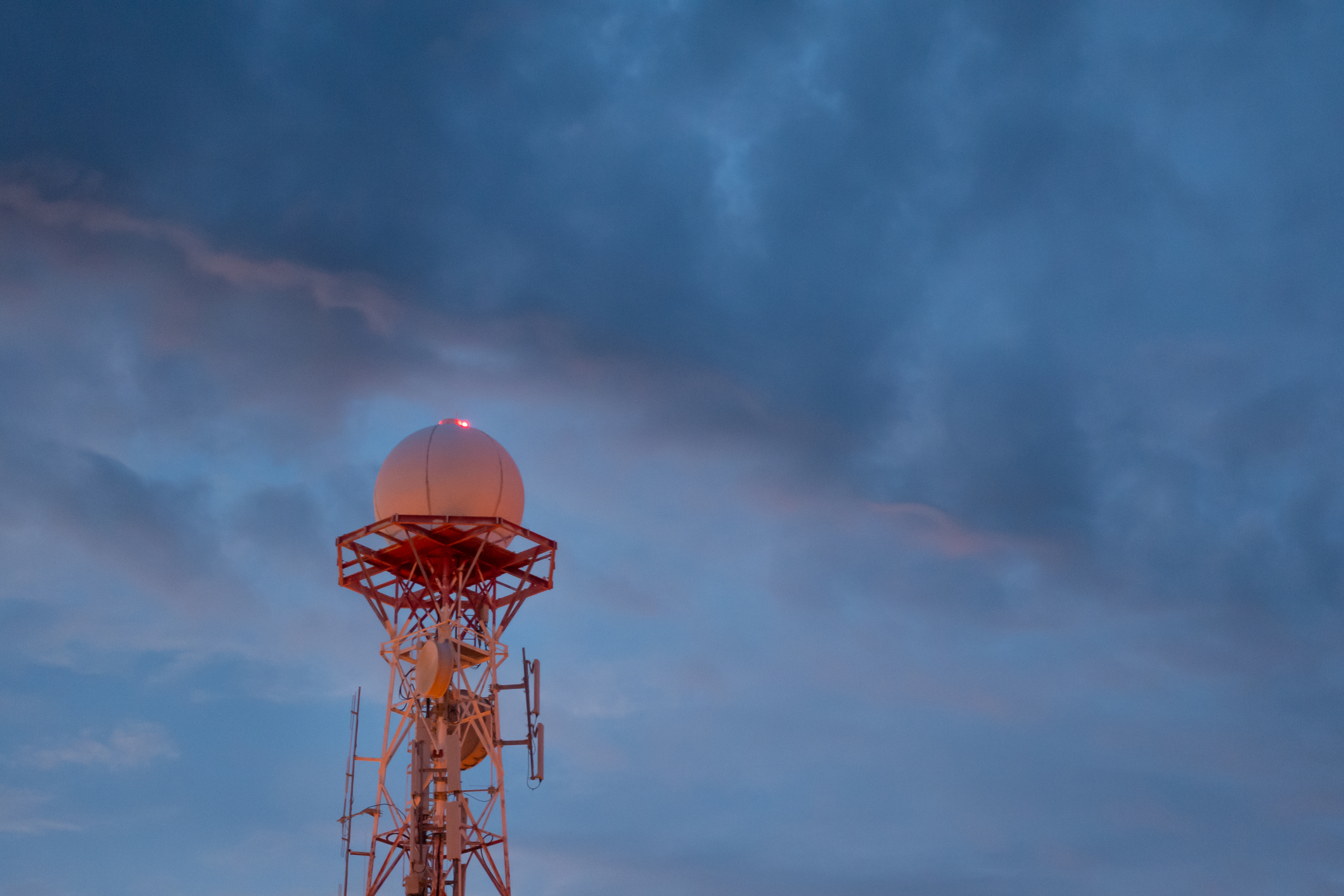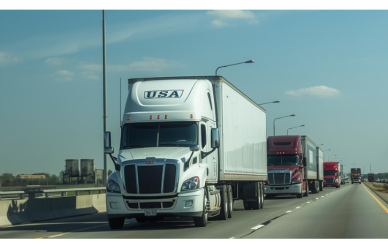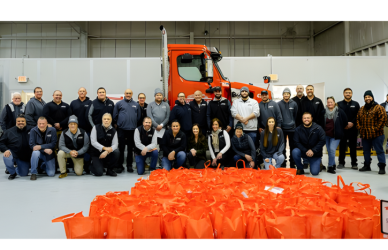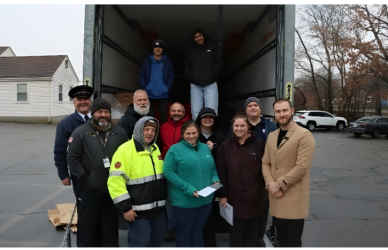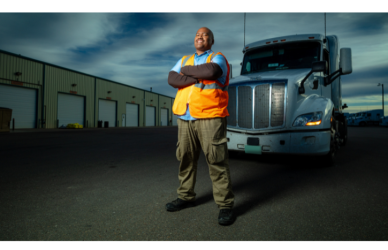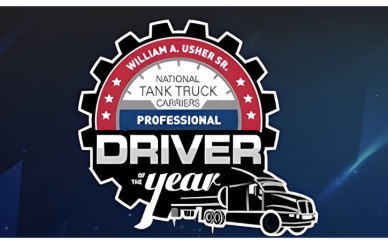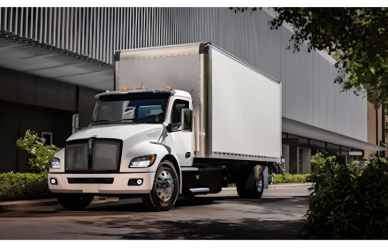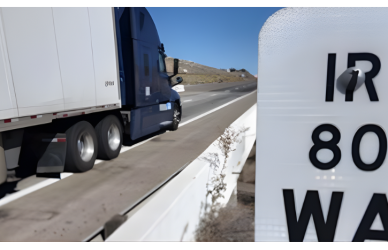As severe weather events increase in frequency and intensity, leaders in the trucking industry are focusing their attention on monitoring weather forecasts before sending drivers into dangerous situations, as reported by Freightwaves.
Most trucking companies have processes for tracking the weather and are able to make informed decisions on sending drivers onto the roads. It is frequently the case that large trucking companies are using weather tracking technology that covers areas wide in scope, like the Weather channel or mobile apps that track meteorological systems. This can cause for some weather systems to go unnoticed or be underestimated, said Ayala Rudoy, the general manager of the weather forecasting tool, Tomorrow.io.
“When individuals are asked to track a network of moving drivers through ever-changing weather conditions without the right tools — on top of a million other daily tasks — things inevitably slip through the cracks,” Rudoy said.
The advantage of utilizing a specialized tool such as Tomorrow.io comes in the updated information it can provide, directly based on your exact geographic location. Such a tool also pars down instances of drivers and their respective fleet management teams seeing different or conflicting information. This disparity in information leads to trucking companies making mistakes and encountering errors, even when they’re attempting to prevent harm.
“The lack of automated tracking and decisioning tools around changing weather conditions mean that even companies attempting to put a solution in place are still missing critical events, resulting in major safety risks and, unfortunately, accidents,” Rudoy said.
On-road collisions can cause injury to the driver, and they can also spur financial consequences for the fleet itself. However, there are ways to avoid both possible harm to the driver and any financial consequences.
“First and foremost, carriers have the responsibility to put systems in place to alert drivers as well as dispatchers ahead of time about dangerous conditions and do their best to avoid them,” Rudoy said.
This sort of system is only realistic in specialized weather tracking software. Real-time monitoring, local data, and actionable insights are all aspects that a weather tracking system needs to have to be effective, Rudoy said. Digital technologies like Tomorrow.io are best suited for these needs.
“Real weather preparedness doesn’t stop at the forecast,” she said. “We provide the tools needed to monitor all trucks in the fleet in real time, easily and quickly identify which ones are in severe weather conditions so you can prioritize them according to projected severity and keep drivers safe.”


